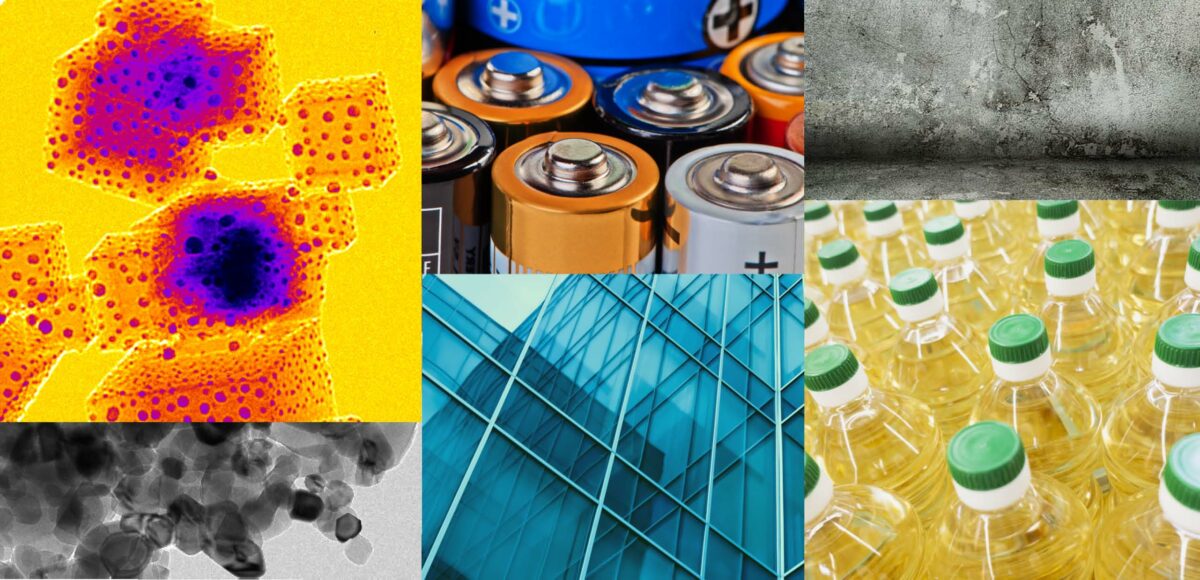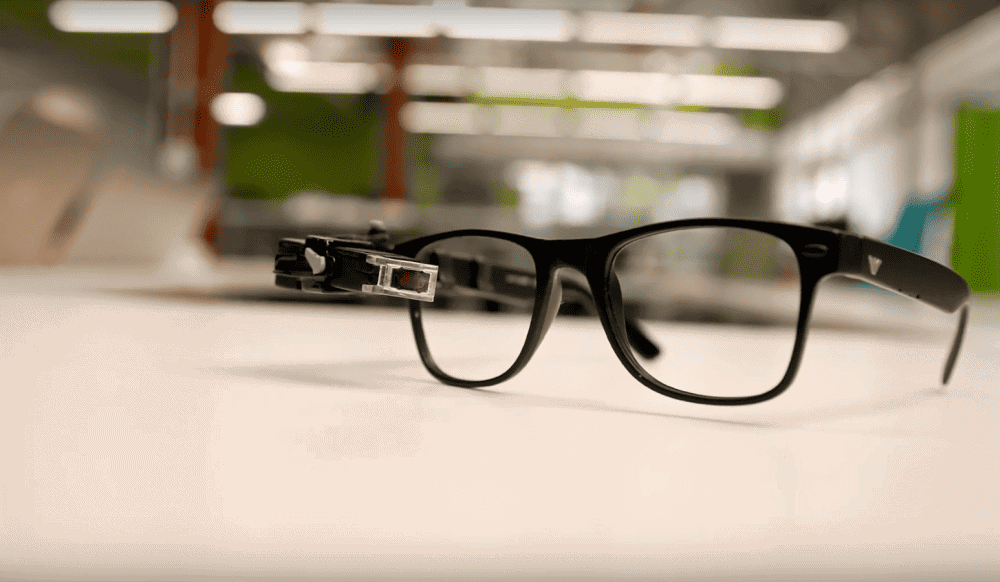Posts by Lisa McDonald
Black silicon wafers significantly improve efficiency of ultrathin solar cells
Reducing the thickness of silicon wafers in solar cells below 40 μm typically results in decreased performance. Using black silicon for the wafer, however, which has a textured surface structure, can improve the wafer’s absorption capabilities. Researchers in Spain and Finland demonstrated this improvement by using ultrathin black silicon wafers to create interdigitated back-contact solar cells.
Read MoreCeramic and glass business news of the week for August 21, 2023
Duravit AG plans climate-neutral ceramic production facility in Québec, Lucideon and the National Composites Center partner on next-gen ceramic composites, and more ceramic and glass business news of the week for August 21, 2023.
Read MorePlane protection: Alumina and titania improve the corrosion resistance of thermal barrier coatings to molten glass
Thermal barrier coatings protect engine components from extreme heat, but they can be damaged by the dust that gets sucked in and turned into molten glass. Previous studies found yttria-stabilized zirconia coatings doped with alumina and titania demonstrated improved corrosion resistance against this molten glass. Now, researchers in Turkey explored whether these additives could improve the resistance of ceria-stabilized coatings as well.
Read MoreVideo: Collecting data in granular environments—turtle-inspired robot can swim untethered under the sand
Robots cannot move easily in granular environments, such as sand. Researchers at the University of California, San Diego, designed a robot inspired by sea turtle hatchlings that can swim untethered through sand. This robot could improve the ability of researchers to collect data in granular environments.
Read MoreOther materials stories that may be of interest for August 16, 2023
Mussel-inspired element recovery, paracrystallized aluminosilicate glass, and other materials stories that may be of interest for August 16, 2023.
Read MoreXufei Fang announced as inaugural JACerS 2nd Century Trailblazer awardee
The Journal of the American Ceramic Society launched the 2nd Century Trailblazers initiative earlier this year to raise the profile of early-career ceramic and glass scientists and engineers who are conducting outstanding research. Xufei Fang has now been announced as the inaugural awardee of this new competition.
Read MoreUltrafast deposition reveals true shape of lithium
The complex feedback loop between solid electrolyte interphase formation and lithium deposition means researchers have struggled to develop a general framework for understanding and predicting lithium morphology. Researchers at the University of California, Los Angeles, modified the electrodeposition process to decouple lithium deposition from interface growth and thus reveal the intrinsic deposition morphology of lithium.
Read MoreCeramic and glass business news of the week for August 14, 2023
Cemex and Synhelion make progress on fully solar-powered cement plant, Ardagh launches “money4glass” initiative in South Africa, and more ceramic and glass business news of the week for August 14, 2023.
Read MoreDusty data—hydrophobic ceramic surfaces significantly reduce adhesion of simulated lunar dust
Dust mitigation is a priority for space agencies to prevent damage to equipment during surface missions on the moon, Mars, and other celestial bodies. Researchers from the University of Nebraska-Lincoln and NASA Langley Research Center used laser ablation to pattern two ceramics with hydrophobic surfaces, which led to a reduction in the adhesion of simulated lunar dust.
Read MoreVideo: Augmented reality device offers real-time subtitles during everyday conversations
The expansion of real-time translation apps is bringing the benefits of subtitles to real-life conversations. In February 2023, the integration of these apps into everyday dialogue took a step forward with the beta release of a new product called TranscribeGlass, which attaches to your glasses and projects real-time captions in front of your eyes.
Read More






